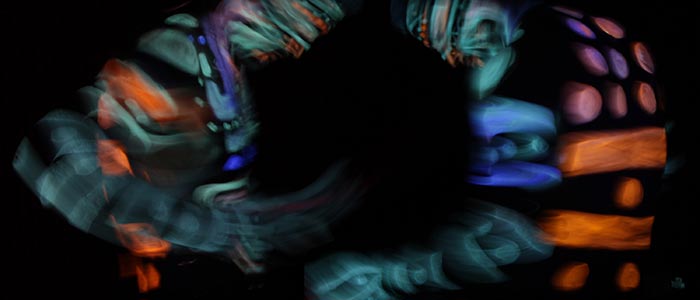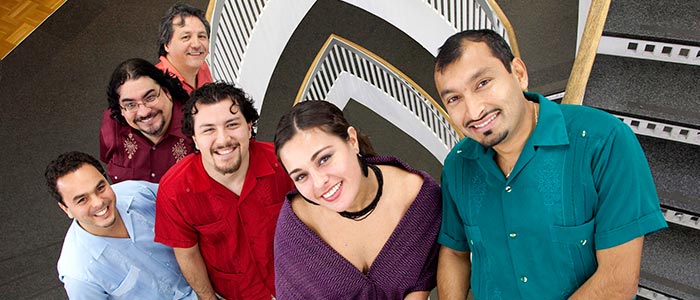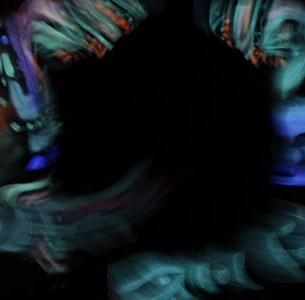
“We will begin the next cycle, but it really doesn’t mean the world will end,” explains Juan Dies, one of the founding members of Chicago’s acclaimed ensemble, Sones de México. He’s talking about the date of December 21, 2012, which according to the Mayan calendar, marks the end of the thirteenth cycle or b’ak’tun, each of which lasts almost 400 solar years.
Dies gives as a similar example that of Y2K. Just like occured with that transition to the new millenium, many are panicking about the possibility of the end of creation as we enter the fourteenth b’ak’tun, although there appears to be little indication that some kind of doomsday was ever a part of the Mayan vision.
To share the the band’s perspective on the significance of the date, Sones de México developed 13 B’ak’tun, a musical homage to the sophisticated Mayan civilization, whose knowledge in Math, Astronomy and Architecture of well over a thousand years ago still amazes today.
The end of the b’ak’tun is certainly associated with change and starting over, and this project, says Dies, was also an opportunity for Sones de Mexico to renovate. In 2011, the band had just come off of the whirlwind experience of both a Grammy as well as Latin Grammy nomination for Esta Tierra es Tuya; then they played Carnegie Hall. As he describes: “There’s this rush of interest and then the plateau that comes after that. We started thinking, “What’s next? What’s new and exciting so we can get fired up and our audiences too?”
The band had been already considering adding a visual element beyond the music to their live concerts. Now for 13 B’ak’tun performances they are working with a production designer and a robotic lighting company to enhance the show, using black lights and fluorescent paint on themselves and their instruments.
The culmination of the concert is the piece named 13 B’ak’tun that Dies composed, taking inspiration in Mayan music. It is 13 minutes long, and each minute has a transformation. However, it actually has 14 parts, due to a 13-count silence to remind us that the Mayans were one of the earliest cultures to use a symbol to represent zero.

Additionally, each b’ak’tun is played with a corresponding number of instruments – from one through thirteen, and of course as it progresses, things get quite complex, says Dies, laughing: “By the end of it, when we get to thirteen, we are each playing an instrument with each hand.
For 13 B’ak’tun, Carlos Mejía, a Quiché Mayan and colleague of Sones de México also provided insights into the prayers and fiestas that Mayans in Guatemala and southwestern Mexico are currently preparing for the end of the b’ak’tun. Consequently, the beautiful Mayan language will also be a part of the performance, in the form of poem read by Mejía.
The poem is about gratitude – agradecimiento – thanking the higher powers for the end of one cycle and beginning of another new one. Dies says Sones de México is similarly feeling grateful to be embarking on a new musical adventure: “It was time for us shed our skin, take new risks, see what’s ahead!”
Sones de México will perform 13 B’ak’tun at the Mayne Stage Dec. 1 at 7 and 10 PM
Check Catalina’s show Beat Latino on Facebook and subscribe via Itunes or explore the show’s archives, where you can find a “Dance me to the end of the world” special for 2012!
